For an island nation isolated in the middle of the North Atlantic, Iceland enjoys a disproportionate hold on the world’s imagination. The terrain is vast and—to most of us—alien, home to endangered icebergs, hot springs, continental rifts, several iconic yogurt brands, and Björk. It’s a country that further fascinates for remaining so sparsely inhabited: today Iceland’s population is comparable to that of a modest American city, totaling some 385,000 citizens. The overwhelming majority can still trace their ancestry back to the original ninth-century Nordic settlers.
But some strains of fascination have been less than benign. In the 1930s the Nazis viewed remote Iceland as a paragon of cultural and genetic purity,1 going so far as to comb ancient Icelandic texts for evidence of Aryan racial superiority. A Danish colony since the late fourteenth century, Iceland declared neutrality when Denmark fell under Nazi occupation in 1940 and finally gained its independence in 1944. Like other nations that attempted to remain neutral during the war, such as Norway and Switzerland, it has since remained skeptical of EU membership and American influence. The government’s decision to join NATO in 1949 was met with mass protests in front of the parliament building, where left-leaning crowds threw rocks and broke windows. It is the only Nordic country never to have sought membership in the EU.
This ambiguous history of isolation and “purity” is essential to the work of Sjón, the Icelandic writer of over a dozen novels, several poetry collections and plays, and, by Björk’s own admission, some of the pop star’s cleverest lyrics. His weird, dreamy, playful fables, which frequently draw on Icelandic history and myth, first appeared in English in 2013, with the simultaneous publication of his novels The Blue Fox, The Whispering Muse, and From the Mouth of the Whale, all translated by Victoria Cribb.2 Sjón’s preferred form is the slim, fantastical novella that braids shameful episodes from the national archives and from his own family history with broader examples of Western bigotry. The result is an oeuvre of captivating case studies on the value of liberal tolerance.
In his best-known work, the historical novella The Blue Fox, a nineteenth-century priest-cum-foxhunter sells his daughter, who has Down syndrome, into slavery. He receives his comeuppance when an avalanche traps him in a cave with the eponymous vixen, who turns out to be a witch. (To pass the time, they debate whether modern electricity is heretical.) The magical story doubles, however, as a damning exposé of nineteenth-century Western attitudes toward people with Down syndrome, singling out Iceland as particularly brutal: “Like other members of inferior races,” the narrator states, coldly adopting the foxhunting priest’s prejudice, “with kind treatment and patience they could be taught many useful skills. In Iceland they were destroyed at birth.”
Sjón’s later books are more personal, drawing inspiration from his own family tree. In The Whispering Muse, set just after World War II, an eccentric Icelander joins a merchant ship sailing through the Mediterranean to the Black Sea; the story combines the Greek myth of Jason and the Argonauts with a satire of the pseudoscientific, eugenicist articles Sjón’s great-grandfather wrote on the superiority of the Nordic race. (The patently ridiculous reasoning behind this claim, as presented in the novel, is that Nordic people eat a lot of fish.) The surrealist fever dream Moonstone: The Boy Who Never Was is inspired by Sjón’s uncle, who died of AIDS. It follows the tribulations of a queer, orphaned streetwalker and silent-film enthusiast in 1918 Reykjavík at the time of the Spanish flu. The pandemic imposes a new sense of historical participation onto Iceland: “An uncontrollable force has been unleashed in the country; something historic is taking place in Reykjavík at the same time as it is happening in the outside world.”
By turns playful, tender, and excoriating, Sjón seems haunted by Iceland’s position in history, and by extension his own. His novels ask again and again: How do you reconcile yourself to the crimes of the past, to ancestors who participated in, supported, or were victimized by such violence? Is it through such reckonings that we create a better future?
Sjón’s most recent novel, Red Milk, is also his most ambitious, exploring these themes in more subdued tones. Based on the life of a real founder of an Icelandic neo-Nazi party established in the 1950s, it is Sjón’s first translated work not to feature magic or myth. The story opens in London, where two policemen find a dying man on an outbound train. The passenger’s passport identifies him as the twenty-four-year-old Icelander Gunnar Kampen; the hand-drawn swastika he has added to a map in his pocket shows him to be a neo-Nazi operative. The final flickers of Gunnar’s consciousness structure the novel as a “series of memories that flashes in front of his mind’s eye.”
It is clear from the outset that Sjón’s ethical project is to investigate how a young man such as Gunnar—characterized here as the postwar product of a liberal, anti-Nazi nuclear family, like Sjón himself—becomes the fascist antisemite in the train car. Short, terse chapters approximate the images flashing in Gunnar’s Kopfkino like bits of film on a screen, staging his final moments. Each is presented as possible evidence of what led him to draw that mark on the map.
The first of these ominous flashbacks begins with Gunnar as a toddler on a family drive to Lake Raudavatn (“Red Water”); he is distracted by the bluebottle fly trapped in a matchbox in his pocket—a picture of incipient cruelty. In the last flashback, he is a founding member of Iceland’s inaugural chapter of the neo-Nazi Nordic Realm Party (its associated newspaper, New Mjölnir, is named after Thor’s hammer) and suffering from terminal bone cancer. He dies from the disease on the train, en route to a party-related mission a few hours west of London.
These vignettes arrive as isolated incidents, scattered images from the subconscious case files, ostensibly revealing how Gunnar became a neo-Nazi. Though the chapters proceed chronologically, they leap ahead by months or years without necessarily linking to previous memories. As a result, Gunnar’s relationships and radicalization are more insinuated than dramatized, with moments of ideological transformation falling into the gaps between recollections. The effect is eerie, as it becomes increasingly difficult to pinpoint the experiences that seeded his extremism—and thus to learn how similar cases might be prevented today.
The novel’s first section, devoted to Gunnar’s childhood, features passive, subliminal influences on his later ideological fervor. He is often coincidentally adjacent to, though never the agent of, evil: it turns out, for example, that a young neighbor was the one who trapped the fly and slipped it into Gunnar’s pocket, not Gunnar himself. In the car on the way to the lake, his sisters are instructed to keep him in his seat, trapping him just like the bluebottle: “When he tried to wriggle out of their grasp, they tightened their grip with silent determination.” The scene recalls the cruelty displayed by children in Michael Haneke’s chilling film The White Ribbon (2009), in which prepubescents who will later come of age during the Third Reich imitate the brutality that surrounds them. The twist in Red Milk is that the innocent Gunnar, not the neighbor boy, becomes the Nazi. The unpleasantness of his childhood, furthermore, is utterly commonplace—nothing like the trauma that might be expected to fuel a later grievance politics.
Actual violence is usually kept at arm’s length. In another early flashback, Gunnar’s liberal father, Páll, sobs in front of the living room radio during a report that Hitler is gaining ground, all the while clutching the birch switch his own father once used to beat him. Characteristically for Red Milk, the anecdote spans three generations, even reaching into Gunnar’s afterlife:
The birch was all Páll had to remember his father by, and now that death has freed the grandson’s body from its incurable disease and Gunnar is slumped lifeless on a seat in a train compartment in a siding at Cheltenham Spa Station, the memory of the birch, the den, and his father is second in the series of memories that flashes in front of his mind’s eye before disappearing from him and the world for good.
The birch switch is freighted with psychological suggestion: Does the inclusion of this symbol of intergenerational violence imply that this is what causes perfectly normal children, socialized in liberalism, to turn into right-wing extremists when they grow up? Red Milk raises but never quite answers such questions. The flashbacks come at a rapid pace, and the brisk third-person narration cannot tarry: “Even as the imprint of the birch is fading, it snatches another memory along with it.”
In the book’s second section the war is over, and Gunnar is a teenager, already radicalized. Through a series of letters he writes in an attempt to connect with fascists abroad, we learn of his increasingly extreme views. He first tries reaching out to an aunt, suddenly intrigued by her Nazi past: “As my father never talked about you after I grew old enough to understand,” he writes, “I feel I ought to introduce myself as though I were a stranger.” She doesn’t respond.
What happened in the years between childhood and adolescence? As the novel develops, connecting the dots between the proliferating clues becomes ever more frustrating; Sjón casts doubt on whether radicalization can be rationally narrated. Though Gunnar is based on a real Icelander, it’s unclear whether this unnamed fascist shared the relatively innocent upbringing evoked in the novel. There’s no peer pressure, no political movement, no historical event that attracts Gunnar to neo-Nazism. Instead, his memories present a revolving door of fleeting, suspect figures: the young neighbor who tortured the bluebottle fly, the abusive grandfather with the birch switch, the Nazi aunt, and the leader of the local cycling club who toured Germany in 1937 and who gifts Gunnar a bike.
Only in the third section does a more traditional form of suspense emerge, with Red Milk falling into the rhythm and tone of a classic thriller: Gunnar is now in his twenties, and he and other founders of their neo-Nazi network are seeking new members. “Fight with us against international communism and global Zionism, which threaten our white civilization,” reads a recruitment pamphlet.
Protest against the use of Europe as a battleground by Russia and America. Protest against Iceland’s membership of NATO….
Applications should be sent to P.O. Box C-93, Reykjavík.
Already losing his battle with bone cancer, Gunnar has become known locally as a far-right operator after staging a memorial for German pilots shot down off the Icelandic coast during the war. His growing reputation causes the bank he works for to put him on an extended sick leave. He heads to London for chemotherapy, where his terminal diagnosis is meant to soften the heart of the reader, as it does that of the nurse who cares for him and goes “out of her way to be kind to him—the young, dying man.”
Knowing his days are numbered, Gunnar escapes from the hospital in pajama bottoms and overcoat to attend the inaugural meeting of the World Union of National Socialists in southwest England in the hope of meeting George Lincoln Rockwell, the real-life founder of the American Nazi Party, along with other international right-wing celebrities. He doesn’t make it. The last sight he takes in before he dies is that of the train steward arriving with a glass that appears to be “brimming with red milk.” The surrealist touch conjures the memory of the “red water” lake where the book began.
There’s something forgivably didactic about Sjón’s work. His fiction is more fascinated with myth, the subconscious, and buried history than with the emotionally complex relationships or interiority of realism. (Sjón’s own favorite novel is Mikhail Bulgakov’s magic realist samizdat classic, The Master and Margarita.) In the dreamscapes of Moonstone and The Blue Fox, it’s the striking nature of his images and archival discoveries that generates the allure; in more comic stories like The Whispering Muse, this research fuels an antic social critique.
Red Milk asks a series of high moral questions, stripped of myths, Nordic symbols, or, as Sjón writes in the afterword, “everything that ultimately serves to make Nazism exotic.” It reflects a new anxiety he appears to feel about balancing his interest in play and formal invention with his commitment to liberalism and moral inquiry. Indeed, reading the novel’s disconnected flashbacks made me feel like a manic detective linking push-pinned photographs with miles of red string, only to find that the mystery cannot be solved. It was a surprise, therefore, to read in the afterword that Sjón’s intention was to show how people like Gunnar might have easily been “nudged in a different direction.” The inscrutable nature of Gunnar’s radicalization—the book’s formal gambit of slipping ideological seduction literally between the lines—suggests that it is wiser to focus not on how such people might be “nudged” toward liberal values but on how democracies might prevent them from assuming control of society.
The question of what exactly led such an ordinary young Icelander, or anyone like him, to become radicalized is probably irresolvable, its answers fundamentally insufficient in proportion to the crime. This irresolvable quality is Red Milk’s greatest strength and provocation, as well as its major weakness. That the novel’s cryptic clues toy so maddeningly with the idea that there is a neat resolution, only to withhold it, is the point. Gunnar’s unremarkable life-in-review taunts us with the possibility that he could easily have turned out to be someone else. Alas, he did not.

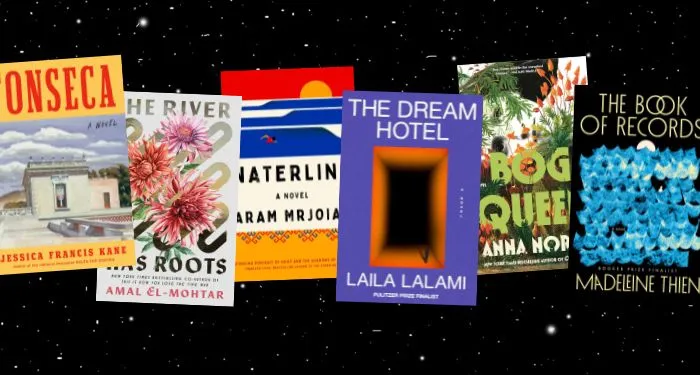
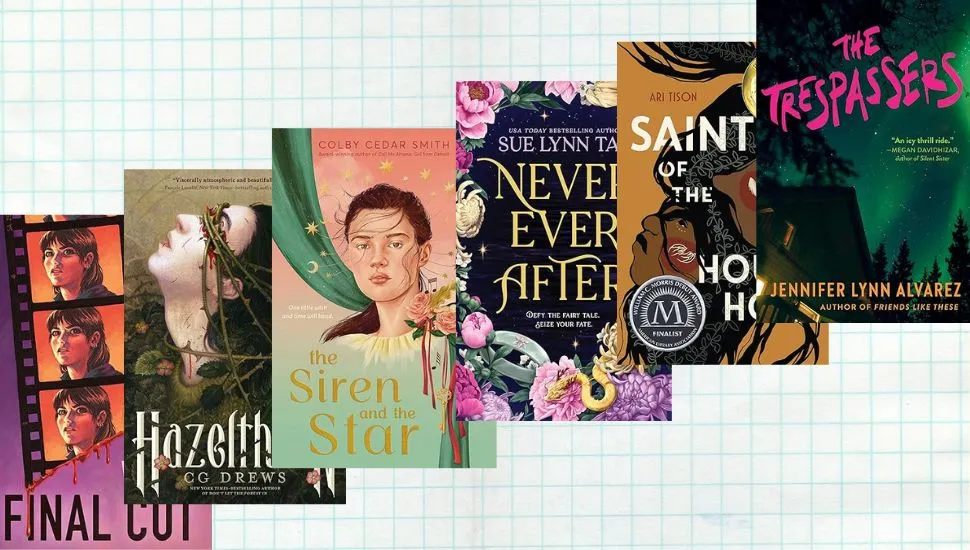
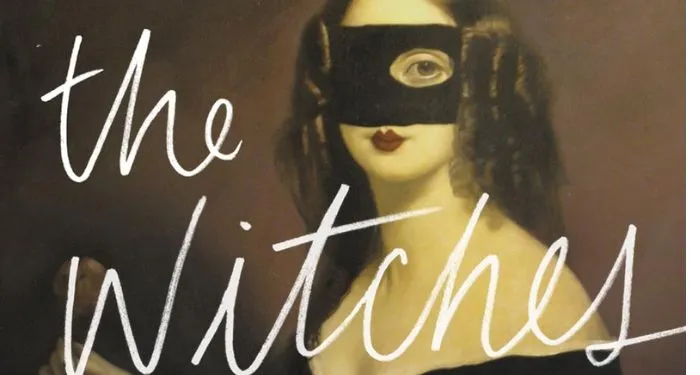
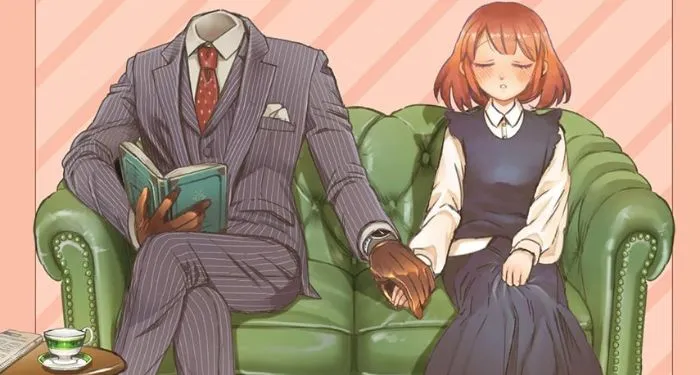
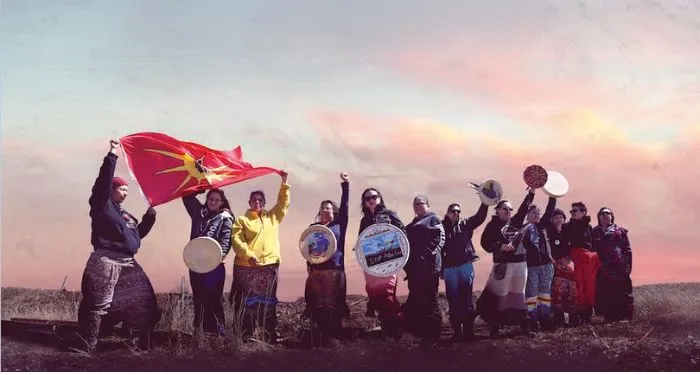

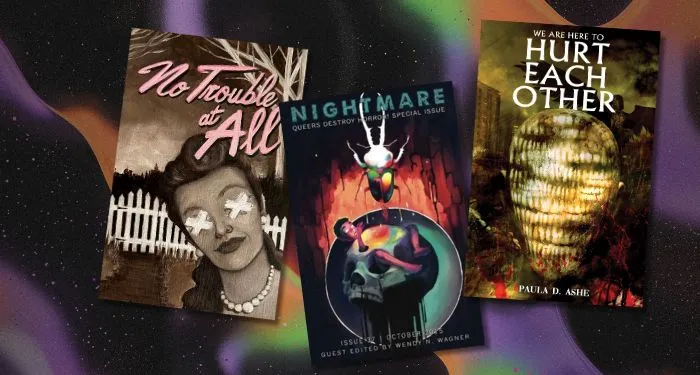





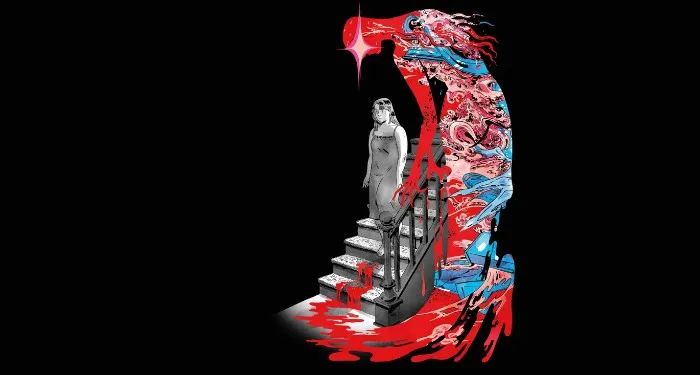
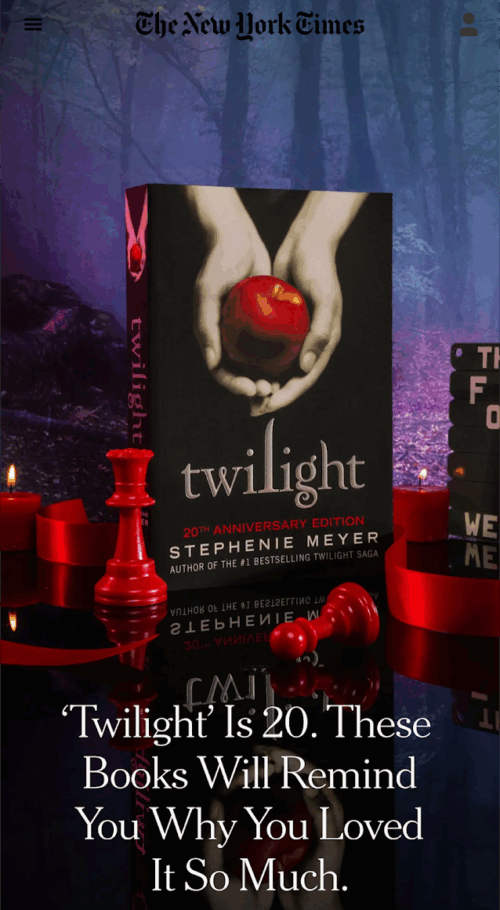
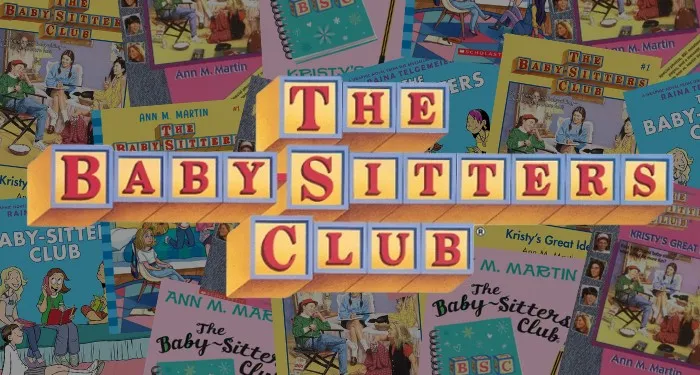



 English (US) ·
English (US) ·